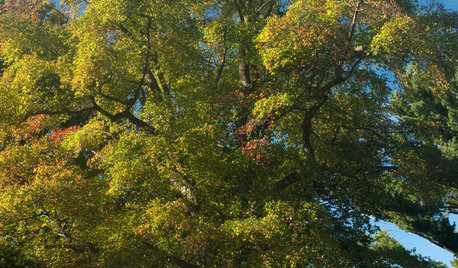Question about seedlings from cross pollinating bearded iris...
rockgnome
12 years ago
Featured Answer
Comments (11)
slate_stone
12 years agoRelated Professionals
Franconia Landscape Architects & Landscape Designers · Port Royal Landscape Architects & Landscape Designers · Peabody Landscape Contractors · Choctaw Landscape Contractors · Galt Landscape Contractors · Gresham Landscape Contractors · Indio Landscape Contractors · Lady Lake Landscape Contractors · Lakeville Landscape Contractors · Milton Landscape Contractors · North Canton Landscape Contractors · Oviedo Landscape Contractors · Palos Verdes Estates Landscape Contractors · Vallejo Landscape Contractors · North Hills Landscape Contractorsdragonstone
12 years agochadinlg Zone 9b Los Gatos CA
12 years agodragonstone
12 years agojeanrichter
12 years agochadinlg Zone 9b Los Gatos CA
12 years agogrannymarsh
12 years agojeanrichter
12 years agochadinlg Zone 9b Los Gatos CA
12 years agojeanrichter
12 years ago
Related Stories

EDIBLE GARDENSGarden BFFs? Why Your Vegetables Are Begging for Companion Plants
Foster friendships among plants for protection from pests, pollination support and color camaraderie
Full Story
SAVING WATERHouzz Call: Are You Letting Go of Your Lawn?
Many facing a drought are swapping turf for less thirsty plantings. If you’re one of them, we’d like to hear about it
Full Story
GARDENING FOR BUTTERFLIES3 Ways Native Plants Make Gardening So Much Better
You probably know about the lower maintenance. But native plants' other benefits go far beyond a little less watering and weeding
Full Story
TREES11 Japanese Maples for Breathtaking Color and Form
With such a wide range to choose from, there’s a beautiful Japanese maple to suit almost any setting
Full Story
TREESGreat Design Plant: Nyssa Sylvatica
The black gum tree tolerates moist soil and provides many years of beautiful foliage, from summer to fall
Full Story
SUMMER FRUITS AND VEGETABLESHow to Grow Your Own Fresh, Sweet Corn
Here's how to plant and care for your own mini cornfield
Full Story
SPRING GARDENINGEnjoy the Peak of Spring Gardening — Here’s What to Do in May
Bid the frost farewell and treasure the blooms. No matter what U.S. region you’re in, one of these guides will help your garden flourish
Full Story
GARDENING GUIDES10 Easy Edibles for First-Time Gardeners
Focus on these beginner-friendly vegetables, herbs, beans and salad greens to start a home farm with little fuss
Full Story
FALL GARDENINGWhy Fall Is the Best Time for Planting
Spring is overrated for planting. Starting plants in autumn has advantages for both garden and gardener
Full Story
GARDENING GUIDESSmall Carpenter Bees Are Looking for a Home in Your Plant Stems
Provide flowers and nesting sites in your garden for this beautiful, tiny, metallic blue wild bee — your plants will thank you
Full Story





chadinlg Zone 9b Los Gatos CA